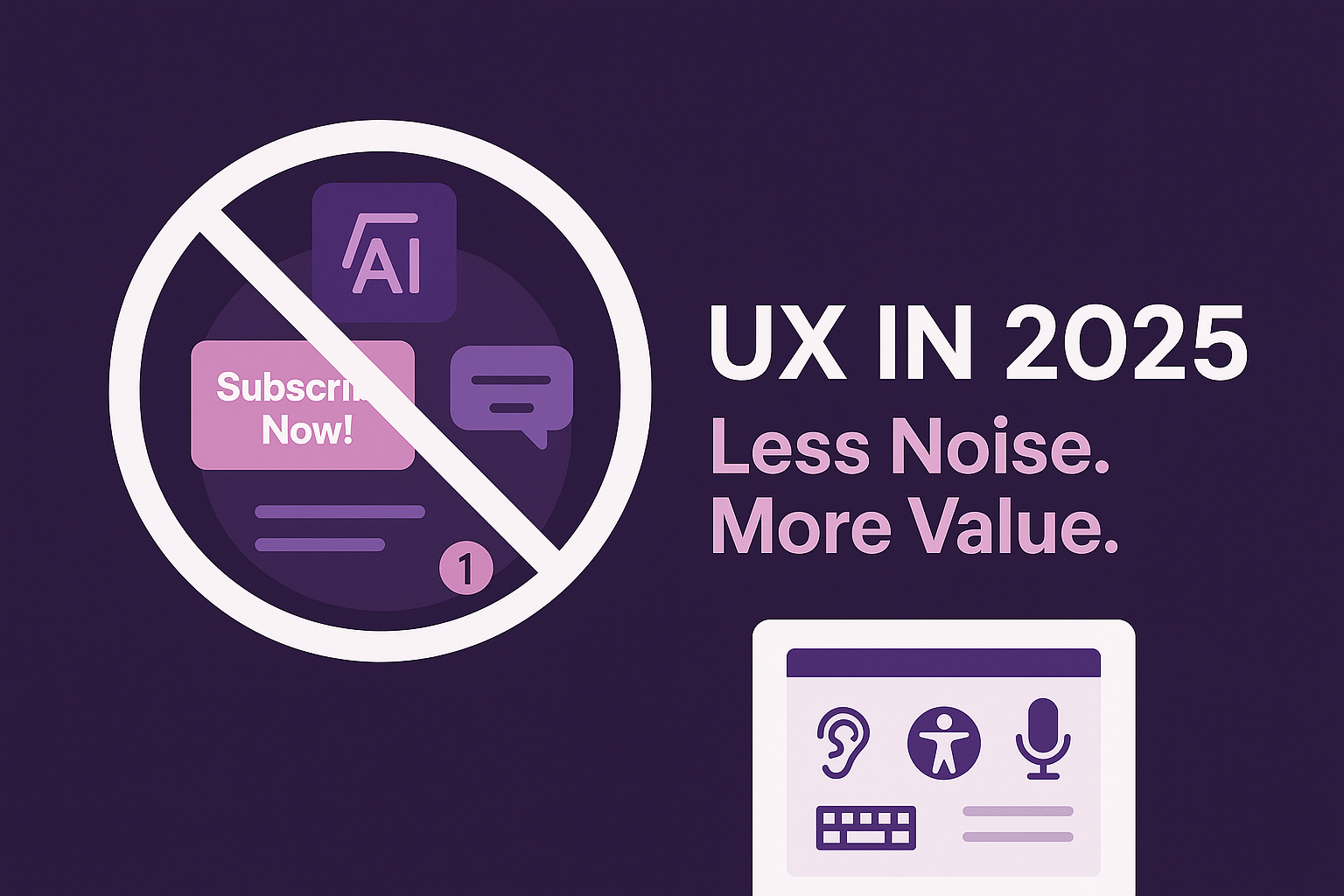What makes online experiences unique?
With each new tech update, there are grand promises for better user experiences. The latest is naturally AI. Will it actually be able to deliver or will it be more of the same, just with different tech? There are grounds for this scepticism. Review what’s been hailed as UX trends in recent years, and there are very few unique takes.
Personalization? That been a goal for the past decade, but the majority of companies consistently still miss the mark. Efforts remain generalised, making far too many assumptions based on demographics or spend history rather than understanding what customers are really looking for.
Seamless navigation? That’s old news too, and never quite as intuitive as designers think. It’s one thing to navigate a site or app when you already know the product or service on offer. It’s entirely different when you’re exploring the information for the first time.
Gamification? It’s fun and has advanced in terms of tech and integrations, but the idea isn’t at all new. Most gamifications remain gimmicky, targeting younger generations rather than adapting for older users. It’s a missed opportunity.
Similarly, with AI, there’s the risk of deploying it for the sake of appearances, rather than truly understanding the value it could bring. So many companies fear being viewed as dinosaurs if they don’t feature AI in some form.
The problem is that without understanding what users really need in an online experience, new tech simply becomes another hurdle to navigate past. More pop-ups inviting people to subscribe or trying to push them to navigate in a specific direction on the website isn’t the solution. People don’t need or want more of any type of tech.
If anything they want less noise, less information, less pushiness, more value. With this in mind, perhaps UX should be focusing on supporting privacy, independent decision making, and accounting for how those with disabilities might be able to access information.
For companies operating the EU, this last point is vital. New EU legislation is coming into effect that requires websites to comply with Web Content Accessibility Guidelines (WACG). This will apply to apps and platforms as well as websites.
How many companies have considered how accessible their website information is to someone who is visually or hearing impaired? Is any thought given to someone who may be wheelchair bound and operates a computer with voice commands?
These users are often considered to be outliers, insufficient in volume, and therefore not worth making changes for. What if making UX changes for those with disabilities improves the experience for everyone? Will it be worth it then?
Just about everything online has become a commodity to be bought and sold. A different user experience is about showing that a company cares. Cares enough to optimise for users with disabilities. Cares enough to give careful consideration to the environmental impact of operations. (And yes, adding AI into the mix elevates that). And cares enough to deliver value before asking people to buy or subscribe.




